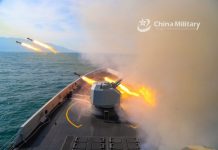As China has been expanding its air force and is on course to launch multiple stealth fighter jets, China’s alleged claim of expanding its stealth capability by transferring this technology to conventional combat jets like J-11 and J-15 has raised quite a few eyebrows.
Currently, the Chinese PLA Air Force operates the Chengdu J-20 stealth fighter. Even since the fifth-generation warplane entered service in 2017, China has been making concerted efforts to manufacture more stealth fighters.
Two years ago, some Chinese scientists floated a theory about China devising ways to make its non-stealth aircraft in the PLA Air Force gain stealth capabilities.
In 2018, Hong Kong-based South China Morning Post had reported that China is developing experimental ways to make even its older planes appear stealthy to most radar systems. The technology involves the use of a ‘metamaterial’, a created layer of microscopic structures akin to integrated circuits, the SCMP stated, citing scientists working on the project.
The metamaterial can change the way radio waves bounce off its surface to create a ghost picture or reduce radar echo, making it easier to hide aircraft in flight, it said.
Even though the idea which had just surfaced in 2018 was in a very nascent stage, military observers said there was a long way to go before the technology could be ready for the battlefield.

The Chinese researchers had maintained that if the stealth transfer comes to fruition, it will boost the combat capability of these older but powerful fighters.
However, several experts have not only expressed apprehensions regarding this theoretical Chinese plan but also dismissed the possibility of this experiment being successful on technical grounds.
Even though China’s military modernization has been widely acknowledged, this idea has been refuted with the same alacrity. Han Yiping, the director of applied physics at Xidian University in Xi’an, Shaanxi, was skeptical about the concept itself and told SCMP that in order to get sufficient reliability; you’d have to lose performance.
China’s ‘Metamaterial’ Claims
The Chinese ambition to equip its existing fleet of fighters was inspired and supported by a coating material known as the “metamaterial”.
The metamaterial was created at Southeast University’s State Key Laboratory of Millimeter Waves and was being tested in Shenyang, the capital of the Liaoning Province. SCMP was at the time unable to obtain confirmation of which aircraft the metamaterial is being tested on. The J-11 and the J-15 are manufactured by Shenyang Aircraft Corporation.
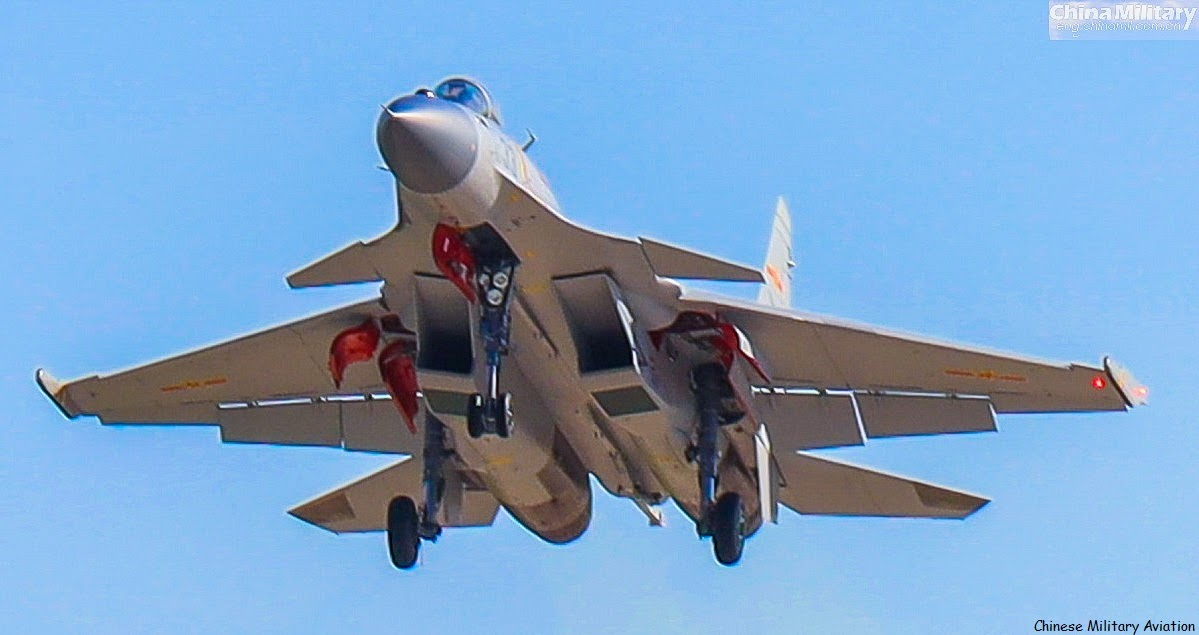
These two fighter jets aren’t very stealthy. It was speculated that they were in the fray to garner the newly developed metamaterial stealth technology.
However, the metamaterial isn’t the only type of radar deception method used by the State Key Laboratory team. According to SCMP, the Chinese had previously discussed a “ghost illusion gadget”.
According to the team working on it, the ghost illusion device “might make parts of the plane look on the radar as plastic rather than metal, or show three planes instead of one”. All these methods and technological frameworks are too good to be true when it comes to real applications.
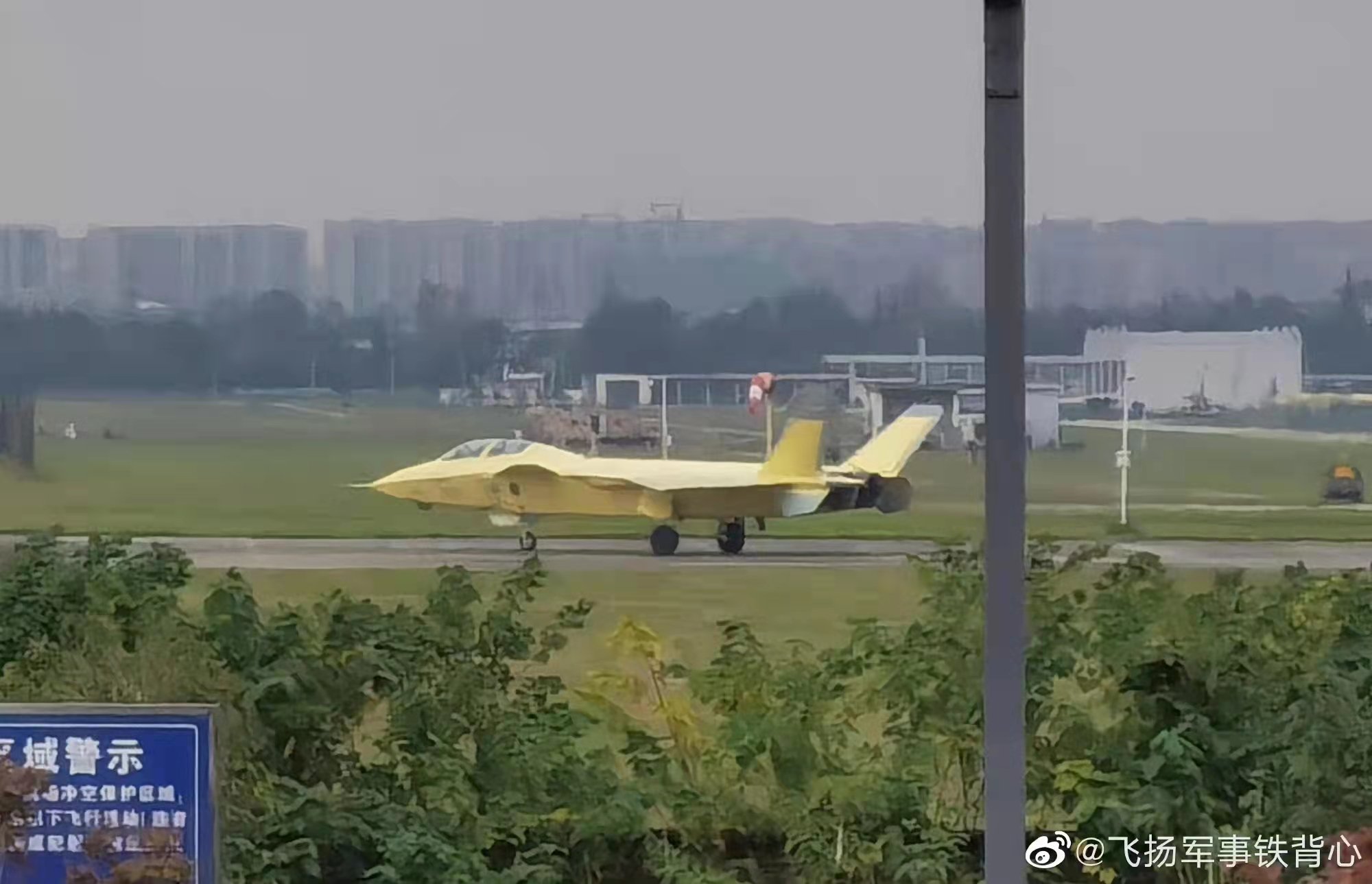
Even the lone stealth jet, J-20, was initially dismissed by the western analysts, who believed called it an advanced fighter, but not truly a stealth aircraft. Then, there was this suspicion that China illicitly acquired the American technology to fast-track its fifth-generation fighter jet program.
A February 2021 report published by SCMP said China had inducted the J-20 into PLAAF ahead of the 2020 schedule, “utilizing stopgap engines, in the face of mounting security difficulties in the region”. During test flights, the W-15 engine that was supposed to power the J-20 exploded.
The initial J-20s were powered by WS-10B engines because Beijing had been unable to resolve this issue. These engines are a modified version of those used on China’s J-10 and J-11 aircraft.

The thrust-to-weight ratio of the WS-10B is insufficient to propel the J-20 to supersonic speeds without the use of afterburners, rendering the aircraft unstealthy at high speeds. The doubts about the J-20 as a stealth fighter are also a result of China’s inability to fix or replace the J-20 engine that diminishes its stealth capability.
The latest J-20 jets are powered by China’s indigenous WS-10C engines. Images of a twin-seater variant of the J-20 recently surfaced, indicating China is going full-throttle with the ‘Mighty Dragon’.
Analysts Shoot Down This Idea
Claims made by Chinese researchers and scientists involved in the aforementioned project have been taken with a pinch of salt owing to various considerations.
The suspicions regarding the efficacy of such a program are based on a host of reasons including the absence of any tangible and verified evidence regarding the metamaterial being tested on non-stealth aircraft and the various technical issues associated with the envisioned program.
“There is more to stealth than the coat that’s applied to the body of the aircraft. An aircraft’s stealth mainly depends on its structure and shape. You could make an aircraft stealthy with a structure that evades the radar but not by the said metamaterial alone.
What this material would achieve might not even be partial stealth because the older aircraft will still emit electronic signals that the radar will readily catch,” opined Abhijit Iyer-Mitra, Senior Research Fellow at the New Delhi-based Institute of Peace and Conflict Studies.
“Apart from that, all of these older Chinese aircraft have missiles on the external body and for an aircraft to achieve stealth capabilities, the missiles or other weapons must be carried internally. On that front, this idea does not really stand a real chance,” he added.
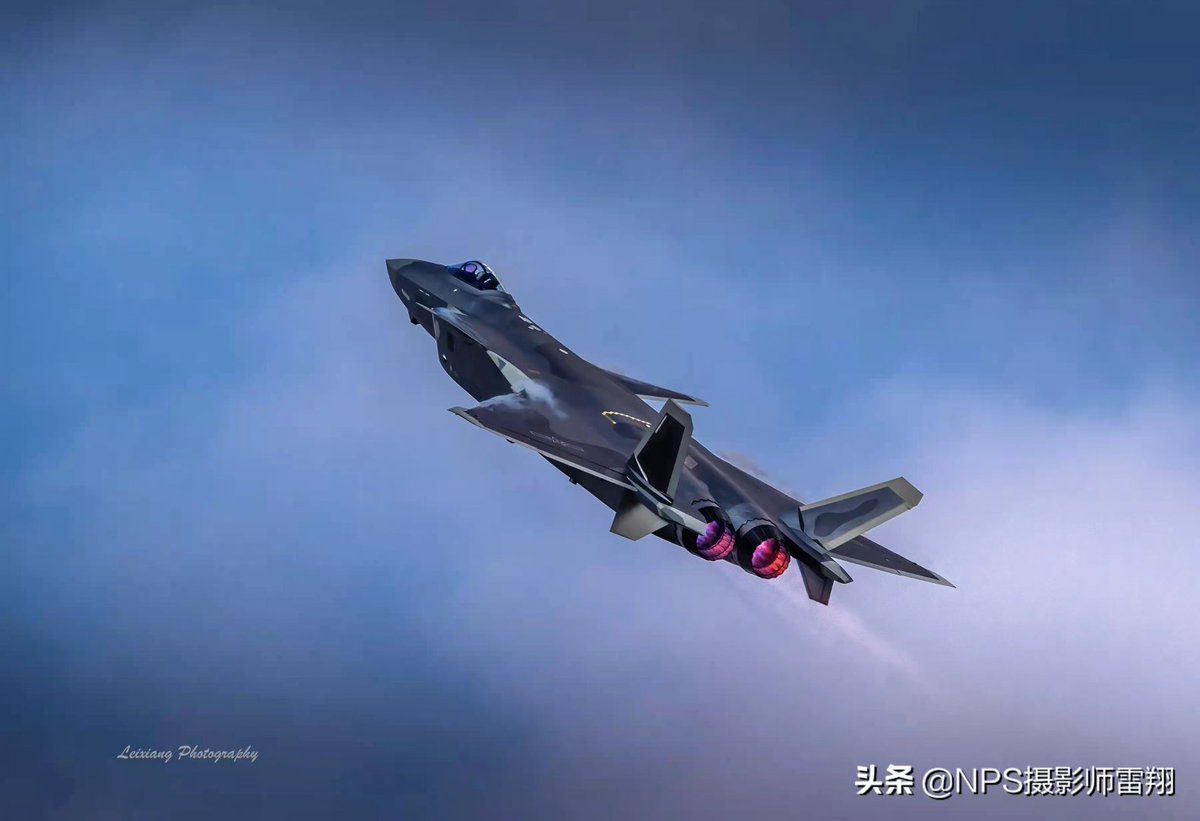
Joseph P Chacko, a military author, columnist and analyst, also dismissed the idea.
“It is unlikely China applies metamaterial for aircraft skins although one of the state-funded military-focused research institutions called Laboratory of Metamaterials Electromagnetic Modulation Technology has applied for such a patent.
As per CCTV [state-owner brodcaster] in 2018, the lab had installed a production line for the metamaterial and since the lab is associated with military projects, it was hinted that it’s likely being used for aircraft testing.
The news channel was not given access to the defense application part of the program. It used conjectures to speculate if it was being used for J-20, especially since one of the academic committee’s members of the lab is the chief designer of the J-20 -Yang Wei,” Chacko said.
He further said that the Chinese metamaterial is mainly used to “produce portable metamaterial flat-panel satellite communication stations. However, there is no direct evidence of metamaterials being used in deployed Chinese fighter projects”.
The four most critical elements of stealth, according to one of the earliest researchers of stealth technology, are “form, shape, shape, and materials”. The Wired Magazine also noted that the other stealth components include chemicals to erase telltale contrails, sophisticated, untraceable sensors, and radios; specially built, hard-to-detect engine inlets; radar-canceling paint; and cooling systems for lowering a plane’s thermal signature. All of these components seem to be missing from the speculated plan.
Metamaterial appears to be imitating, to some extent, the effect of Radar-Absorbing Material (RAM). However, it’s uncertain whether metamaterial could hide any of the non-stealth aspects, for example, the old engines not compatible with stealth technology that the older aircraft use.

Han Yiping had also explained that there were various shortcomings related to the metamaterial as well, according to National Interest. To begin with, Han claimed that metamaterial is currently only effective against specific radio bandwidth; however, she does not define which ones.
Requesting anonymity, a foreign military aviation analyst told The EurAsian Times, “The concept is too theoretical as to be far-fetched. So it’s a non-question with an inconclusive answer. Stealth is a complete integrated system and not a feature that could be used on another aircraft.“
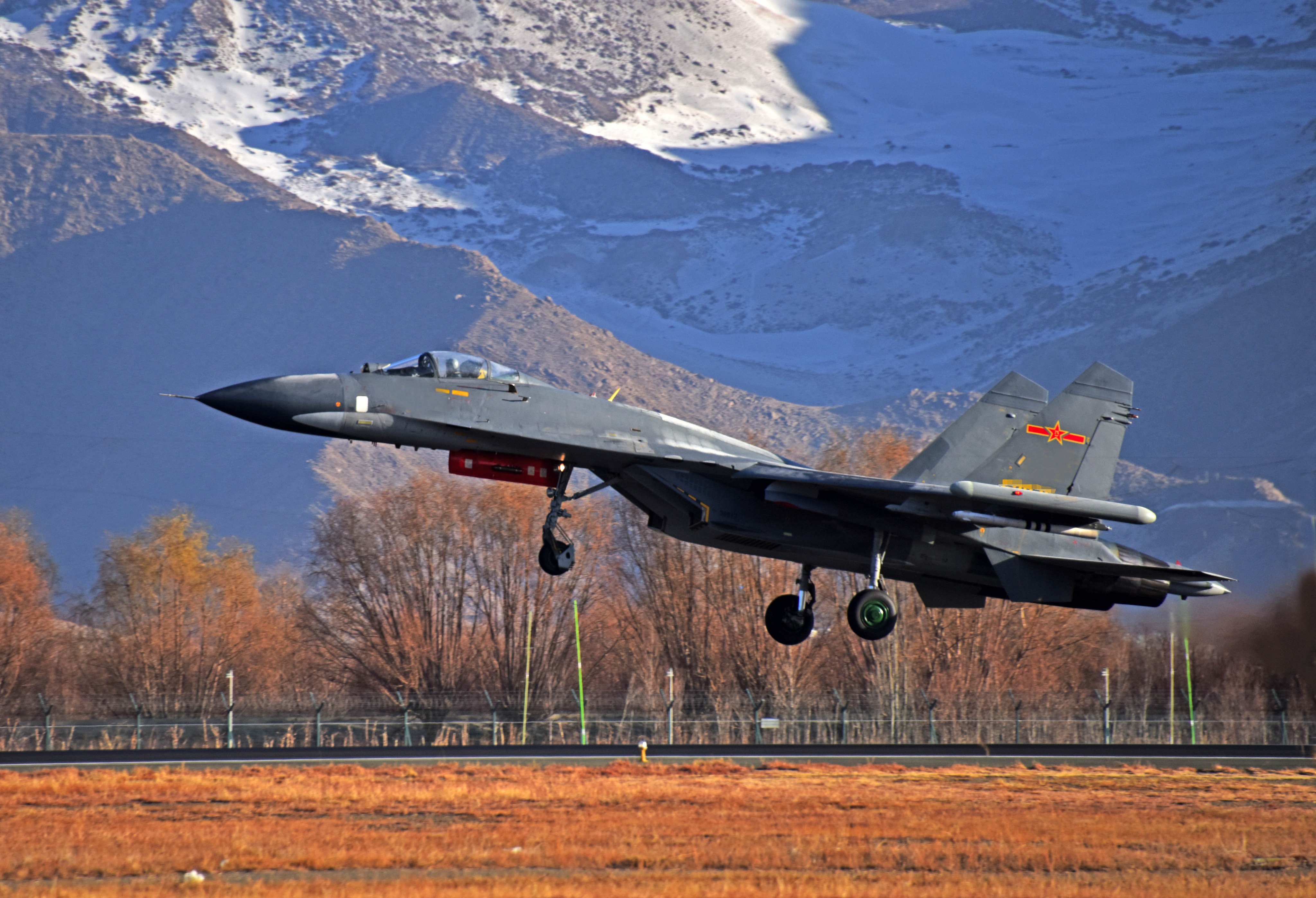
The Chinese aren’t the only ones working on and testing metamaterial. Even the US Army is also reportedly working on this technology to develop “wearable camouflage with a chameleon-like capacity to adapt depending to the context”. It’s possible that metamaterials are used, but it’s uncertain how feasible any of this is.
So while China aims to expand its stealth aircraft fleet to meet its military ends, the fact that it could be done by integrating any material on existing aircraft seems to be a very far-fetched idea.
A better picture will emerge if and when China accepts or refutes that an experiment like this one is taking place in Shenyang. But then, secrecy is the hallmark of the Chinese state of affairs, including its military programs, and nobody can claim authenticity about such a program until Beijing deliberately leaks some information or photos as evidence.
- Contact the author at sakshi.tiwari9555@gmail.com
- Follow EurAsian Times on Google News


